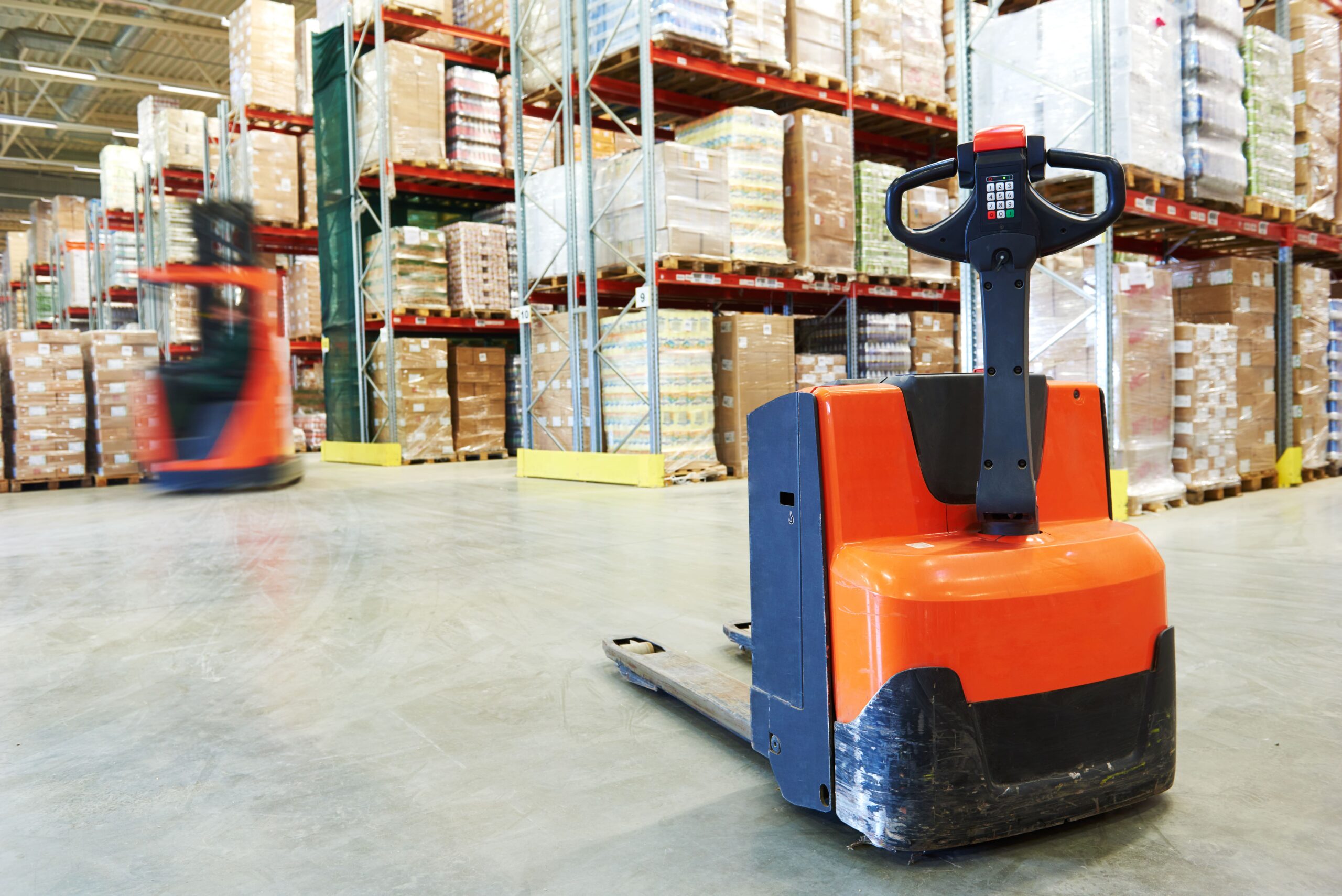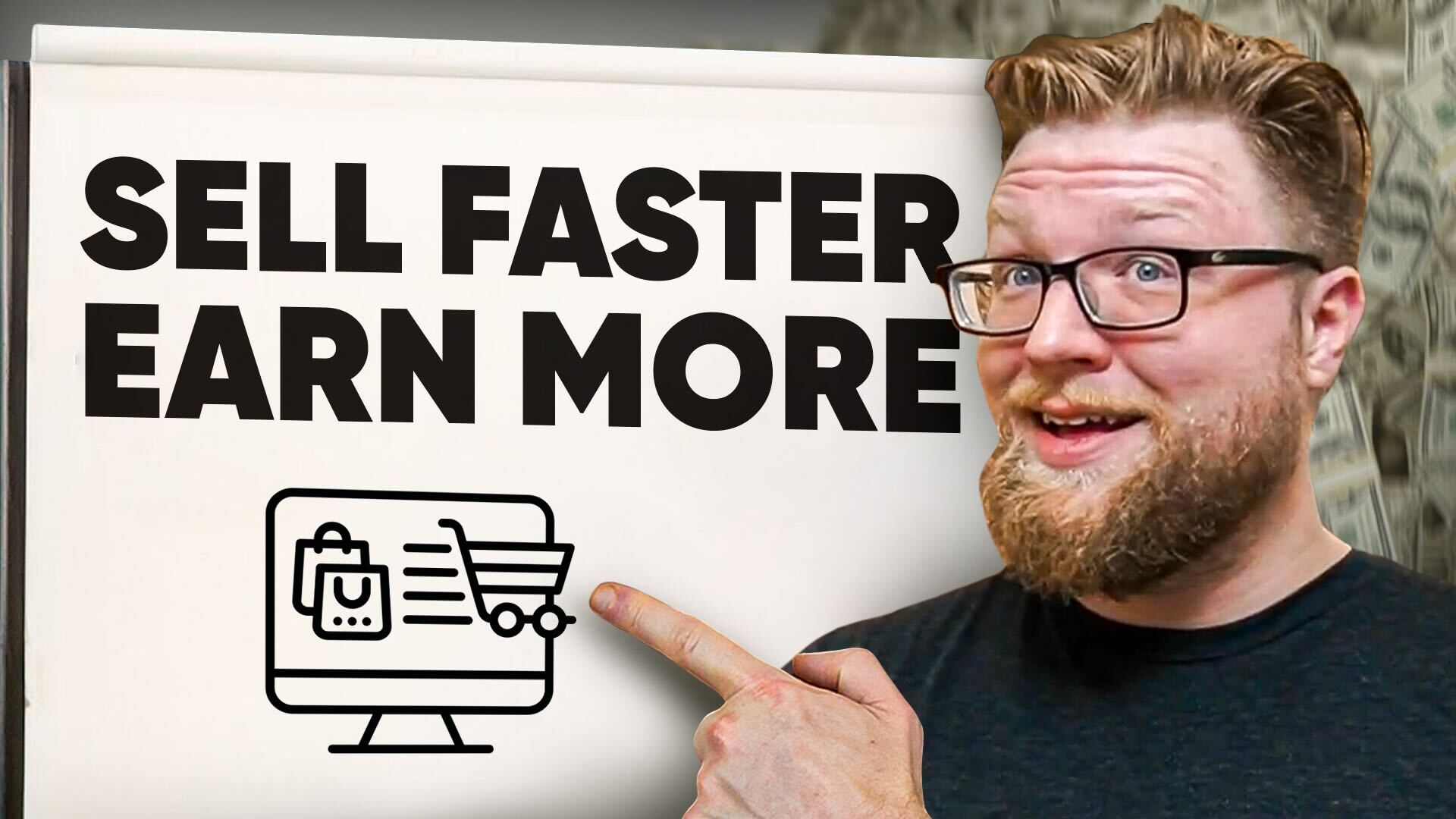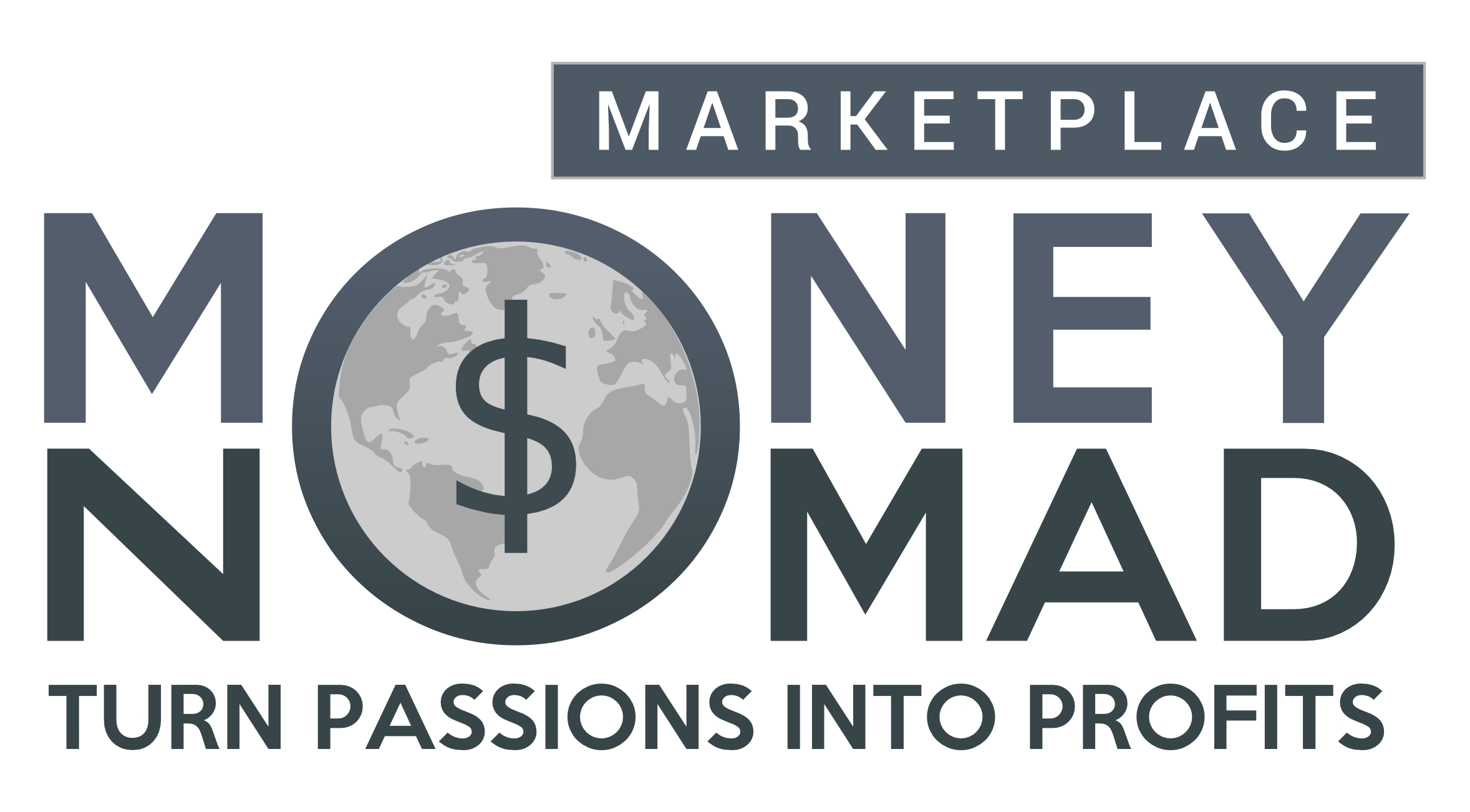This Week in M&A Issue #204
Hey pumpkin!
Today’s trend of the week is “Halloween”. 🎃
Halloween is shaping up to be no trick, all treat, with spending projected to hit a record $13.1 billion, according to the National Retail Federation.
Shoppers plan to spend an average of $114 each, the highest ever, as they go all-in on costumes, candy, and decorations. Consumers are expected to spend nearly $4.3 billion on costumes alone, with adults accounting for $2 billion, children $1.4 billion, and pets $860 million.
eCommerce stores can carve out their share of the Halloween market by launching Halloween-themed products or bundles, from costumes, decorations, and party supplies to candy kits or digital goods like printables.
Drive traffic to your website or YouTube channel with DIY decoration guides, spooky recipes, costume tutorials, pumpkin-carving videos, spooky story readings, or fun Halloween challenges.
Today we have for you:
- Amazon expands MCF to Walmart & Shopify
- Google Search Console impressions drop after &num=100 removal
And:
- Unlocking Amazon growth with retail media
- Why bigger businesses sell faster than smaller ones
- The rise of AI Shopping and ChatGPT as a sales driver
Alright, let’s dive in.
Amazon
Amazon Adds Walmart, Shopify, and Shein to Multi-Channel Fulfillment Network
Amazon is expanding its Multi-Channel Fulfillment (MCF) service to sellers on SHEIN, Shopify, and Walmart. This means merchants can now manage inventory across more platforms through Amazon’s network, reducing the need to stockpile products in multiple warehouses.
Amazon says businesses using MCF alongside Fulfillment by Amazon experience 19% fewer stockouts, 12% faster inventory turnover, and nearly 19% higher sales on their non-Amazon channels.
Shein sellers will soon connect through a dedicated app, Shopify merchants can integrate directly via the Shopify Fulfillment Network, and Walmart sellers can link through Amazon Seller Central or third-party partners. In each case, Amazon handles the heavy lifting, picking, packing, and shipping, while providing real-time tracking, inventory sync, and unbranded packaging options. MCF already powers fulfillment for platforms like eBay, Etsy, Temu, and TikTok Shop.
This expansion is part of Amazon’s broader effort to build a full-service supply chain ecosystem. Its new Global Warehousing and Distribution service will let sellers store products in bulk near manufacturing hubs, starting with facilities in China and Vietnam and later expanding to Europe, Indonesia, and India. Early tests showed shipments moved into Amazon’s network seven days faster, helping sellers keep items in stock for quick delivery.
Amazon is also strengthening its Global Logistics program, adding more air and ocean freight routes to connect Asian manufacturing centers with key Western markets. By 2026, it expects to cover 96% of inbound shipping to FBA, creating faster, more predictable routes.
To speed up cross-border trade, Amazon is rolling out AI-powered customs clearance tools that auto-fill forms, reuse product data, and flag errors, cutting paperwork time by half. Sellers still review everything, but the system reduces mistakes and delays.
For Amazon sellers, these upgrades mean less hassle and more growth. With centralized inventory, faster shipping, and AI-powered customs, you can stay in stock, cut costs, and reach customers across more marketplaces with ease.
The Opportunity podcast
Why Retail Media Is the Future of Amazon Success
Amazon sellers are facing more challenges than ever. Rising fees, tariff hikes, and endless competition make it tough to stand out. But there’s a powerful tool that many sellers are still overlooking: retail media.
In this week’s podcast, we’re joined by Amazon veteran and agency founder Jason Boyce to uncover how retail media can be the difference between treading water and scaling fast.
Jason was the first entrepreneur to sell basketball hoops on Amazon back in 2003, and his journey from seller to agency owner has given him a unique perspective on what it really takes to grow.
Jason explains why retail media and Amazon DSP are no longer optional for serious sellers, shares his seven proven avenues for profitable growth, and breaks down how AI will reshape the way agencies and entrepreneurs operate.
If you’re ready to go beyond survival mode and discover the strategies that top Amazon sellers are using to win in 2025, this episode is packed with insights you don’t want to miss.
Google’s &num=100 Removal Causes 10x Cost Increase for SEO Platforms
Google has quietly removed the &num=100 parameter from search URLs, a feature long used by SEO professionals and tools to display 100 results on a single page instead of the default 10. While this may sound minor, the change has sent ripples through the SEO industry, raising costs, disrupting data collection, and reshaping how search performance is measured.
For rank tracking platforms like Semrush, Ahrefs, and Moz, the parameter was the most efficient way to pull large amounts of data. Without it, tools must now make 10 separate requests to gather the same 100 results, multiplying infrastructure and bandwidth costs by a factor of 10. Many platforms experienced temporary outages and slower reporting as they scrambled to adjust. Some are already scaling back coverage, limiting tracking to the top 20 or 50 results instead of the full 100 to contain costs.
The impact has spilled over into Google Search Console data. Because bots from these tracking tools no longer trigger impressions for lower-ranking results, many site owners have seen sharp drops in desktop impressions and sudden improvements in their “average position.”
Crucially, clicks and real traffic remain unchanged, meaning performance hasn’t actually declined, but reports may look weaker. In fact, some SEOs argue the data is now cleaner, reflecting human behavior rather than inflated bot impressions.
Small-to-medium-sized businesses face the toughest challenges. Higher operating costs for SEO tools are expected to be passed down in subscription price hikes and agency retainers. With leaner budgets, SMBs may be forced to downgrade their plans, losing access to competitive insights and long-tail keyword data. Confusion around falling impressions and changing metrics could also prompt misinformed decisions.
Amid the ongoing confusion, remember that reports may look different, but real performance hasn’t disappeared; it’s simply being measured with greater accuracy.
Read All About It!
🧠 How to sell your online business the smart way: expert insights
🔥 Top trending topics for September: top 100 topics in the US right now
🧮 How to calculate digital marketing ROI per channel: invest in what works
🛒 Top eCommerce product categories by country: fashion leads the pack
🎓 Best free AI training courses: top free courses on the market
YouTube
From Slow Lane to Fast Lane: How Size Speeds Up Your Sale
It’s a common misconception that larger businesses are harder to sell because they’re more complex.
In reality, the opposite is often true. Our data shows that bigger businesses can sell 60% faster than smaller ones.
In this week’s video, Greg breaks down exactly why that is. He explains the key factors that make larger businesses so attractive to buyers, and why these qualities often lead to faster, more competitive deals.
Greg also shares practical tips on how to “move from the slow lane to the fast lane” when it comes to selling your business, so you can secure a truly life-changing payday.
Whether you’re running a small business today or already scaling into something bigger, this video will show you how to position yourself for a smoother, quicker exit.
ecommerce
AI Tools Are Driving Millions of Shopping Queries Every Day
ChatGPT is quickly becoming a major driver of online shopping traffic, giving retailers like Walmart, Target, Etsy, and eBay a new way to reach customers, while Amazon intentionally sits out.
In August, 20% of Walmart’s referral clicks came from ChatGPT, up 15% from July. Etsy sees over 20%, Target nearly 15%, and eBay 10%. While still a small slice of total visits, the rapid rise of AI referrals shows how ChatGPT is starting to influence shopping habits.
A study by OpenAI and Harvard economist David Deming found that around 2% of all ChatGPT queries involve shopping, about 50 million per day, often asking for product recommendations or prices. Nearly 60% of U.S. consumers have tried generative AI tools for shopping, highlighting how quickly AI is becoming part of the buying journey.
Amazon, by contrast, has limited AI access to its product data, keeping ChatGPT referrals under 3%. Instead, it’s pushing its own AI assistant, Rufus, which now sits in search bars and widgets, handling over half a billion questions and keeping shoppers inside Amazon’s ecosystem.
For ecommerce store owners, this is a huge opportunity. AI referrals are a free source of highly engaged traffic. Agencies are already helping brands optimize for AI-driven traffic, with some seeing sevenfold increases in visits. The benefits could soon increase as OpenAI is reportedly developing payment and checkout features within ChatGPT, which could turn these clicks into revenue opportunities.
Stores that optimize their websites for AI-driven queries, with clear product descriptions, strong SEO, and competitive pricing, could capture more customers as bots increasingly guide purchase decisions.
Money Nomad
Looking for a side hustle?
Try Money Nomad, our sister marketplace built specifically for profitable side hustles and micro-businesses that are too small for Empire Flippers.
Check out this recent listing available on the Money Nomad Marketplace:
Listing M20123 – Open to Offers
Digital Product, Newsletter, Affiliate | sports
This 2.5-year-old digital content brand serves recreational golfers with practical tips and strategies for breaking 100 and 90—milestone scores for amateur players. The business monetizes through a series of proprietary digital products and a highly engaged email list of 3,500+ golfers. Unlike many content businesses, the model is not ad-reliant—most revenue is driven via email, making traffic fluctuations less critical to income. With roughly 200 articles on the site, an existing Ezoic account, and solid past earnings, this business offers a strong content foundation paired with high-margin digital sales. Learn More
Subscribe to the This Week in M&A Newsletter
to Get Content like This in Your Inbox Every Friday




![The Future of Selling on Amazon Why Retail Media Matters Most With Jason Boyce [Ep.190]-min](https://1745913.fs1.hubspotusercontent-na1.net/hubfs/1745913/The%20Future%20of%20Selling%20on%20Amazon%20Why%20Retail%20Media%20Matters%20Most%20With%20Jason%20Boyce%20%5BEp.190%5D-min.png)


